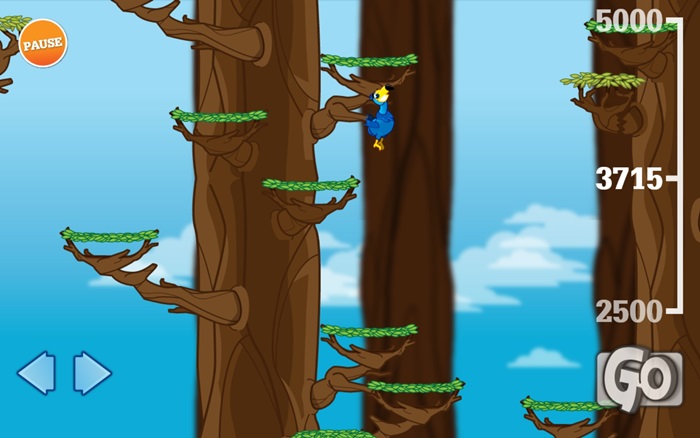

Some researchers, however, point to reports of dodos on Mauritius in the late 1680s, Live Science reported in 2013. Unlike the thylacine, also called the Tasmanian tiger ( Thylacinus cynocephalus), a species whose last known individual died in captivity in 1936, dodo populations dwindled far from human observation, roughly around 1662, according to a 2004 study published in the journal Nature. The dodo's official date of extinction isn't certain. Today, the dodo is officially listed as extinct by the International Union for Conservation of Nature. If any of the precious eggs survived and hatched, the introduced animals likely outcompeted juvenile and adult dodos for a limited food supply, Hume wrote in 2006 in the journal Historical Biology. But for the new arrivals on the island, those nutritious, easy meals were conveniently located within easy reach on the forest floor. Tragically for the dodos, each devoured egg represented a female dodo's only chance for reproduction that year. Rather, a host of introduced species - including rats, pigs, goats and monkeys - likely caught and ate dodos and their eggs, according to a 2016 study in the Journal of Vertebrate Paleontology. (Image credit: ZU_09/Getty Images)Īnd it wasn't just humans who consumed the dodos. Wildlife on Mauritius evolved to fill various ecological niches, but these isolated species were slow to respond to newly arrived threats from across the ocean, National Geographic reported.For example, dodos were said to have no fear of humans who landed on their island beaches, so the birds were easily caught and killed by hungry Dutch sailors.Īrtistic representations of dodos historically represented the birds as rotund, slow and clumsy, but recent research hints otherwise.

Highly specialized to its environment, the flightless and slow-to-reproduce species was vulnerable to the sudden introduction of predators in its once-safe island home.įor millions of years before human explorers set foot on Mauritius, the island had no large, land-based predators. The dodo went extinct through a fatal combination of slow evolution and fast environmental changes, according to National Geographic. Later, deforestation removed much of the dodo's woodland habitat, researchers reported in 2009 in the journal Oryx. By then, previous visitors to the island had already introduced so many predators that dodos no longer roamed the beaches and mountains. Mauritius and its neighboring islands harbored no permanent human population before the Dutch East India Company established a settlement there in the 1600s, according to the Stanford University Department of Anthropology. Mauritius is located about 700 miles (1,100 km) from Madagascar, off the southeast coast of Africa. Originally purchased by Harvard University, the ROM traded an Anchiceratops skull for it in 1938 - it is the only dodo skeleton in Canada.Dodos lived on the subtropical volcanic island of Mauritius, now an independent state made up of several islands in the Indian Ocean. The ROM’s skeleton was originally assembled in the 1860s by Sir Richard Owen (the man who, among other accomplishments, came up with the word “dinosaur”). Most of the dodo remains found in museums today are skeletons reconstructed from bones found at the Mare aux Songes locality in Mauritius. Rather, it was probably more to do with the introduction of other species (e.g., pigs, monkeys and rats) by humans which variously competed with the dodos for food and/or ate their eggs. The poster child for extinction due to human interference, modern scientists believe that while sailors clubbed and ate their share of the plump birds, this was likely not the principal cause of their extinction. First mentioned by sailors in the 1500’s, Dodos were driven to extinction within 200 years or less of their discovery. The Dodo is an extinct flightless bird which was only found on the island of Mauritius, in the Indian Ocean. Oh no! Rats have invaded the island of Mauritius!Īs the last of the dodos, how long can you evade this new invasive species? Gain more time by seeking out delicious fruit, but don't let the rats catch you! The Facts Behind the Game


 0 kommentar(er)
0 kommentar(er)
